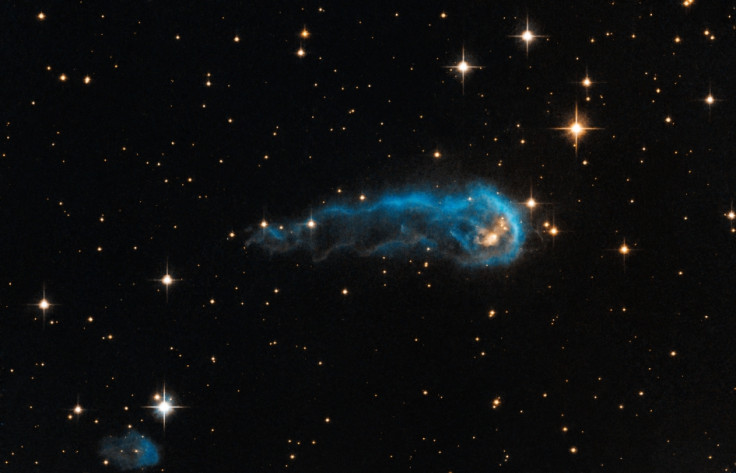Big Bang Baby: Universe's Oldest Star Discovered

Astronomers at the Australian National University have discovered the oldest known star in the Universe, which formed shortly after the Big Bang 13.7 billion years ago.
"This is the first time that we've been able to unambiguously say that we've found the chemical fingerprint of a first star," lead researcher Dr Stefan Keller said in a statement.
The finding will let astronomers study the formative stars in the Universe and how the Universe would have been when it was formed through the Big Bang.
"This is one of the first steps in understanding what those first stars were like. What this star has enabled us to do is record the fingerprint of those first stars," he added.
The ancient star is located around 6,000 light years from Earth and was formed from a primordial star, which had a mass 60 times that of the Sun.
"To make a star like our Sun, you take the basic ingredients of hydrogen and helium from the Big Bang and add an enormous amount of iron – the equivalent of about 1,000 times the Earth's mass," Keller said.
"To make this ancient star, you need no more than an Australia-sized asteroid of iron and lots of carbon. It's a very different recipe that tells us a lot about the nature of the first stars and how they died."
Stellar theories debunked
The ancient star further contradicts a previous theory that primordial stars died in extremely violent explosions which polluted huge volumes of space with iron.
The composition of the newly discovered star does not show any signs of pollution with iron but with lighter elements such as carbon and magnesium.
"This indicates the primordial star's supernova explosion was of surprisingly low energy. Although sufficient to disintegrate the primordial star, almost all of the heavy elements such as iron, were consumed by a black hole that formed at the heart of the explosion," Keller said.
Astronomers found the oldest star using SkyMapper telescope at the Siding Spring Observatory, which is searching for ancient stars in a five-year project.
Scientists said finding the oldest from the 60 million stars photographed by the telescope was like a finding a needle in a haystack.
© Copyright IBTimes 2025. All rights reserved.





















